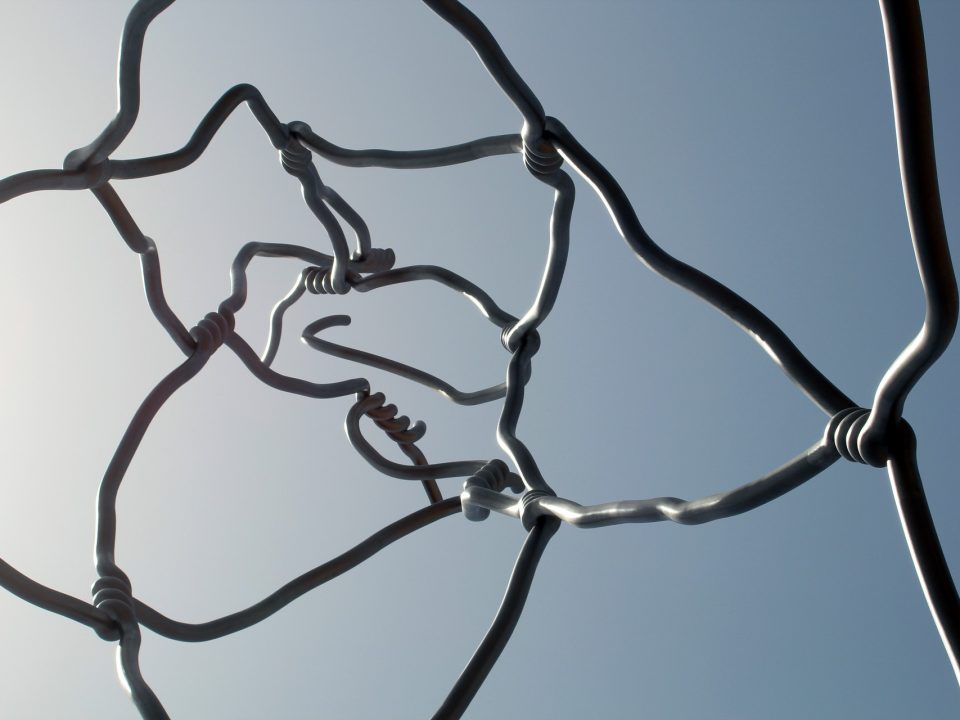Cool Stuff About Philadelphia: The Hemp Edition

Philadelphia has a long and storied history with hemp. Find out some cool facts about that history here, courtesy of the Pennsylvania Hemp Industry Council.

Hemp is, and has been for hundreds of years, a major industry in Pennsylvania.
First of all, Lancaster County used to be Hemp Central for the growing United States. Hempfield Township was founded in 1729 and derived its name from the “vast quantities of hemp raised there.” (I’m sure you figured that one out.) George Washington used to inspect hemp fields. He grew his own at Mount Vernon and visited a hemp mill in the village of Paradise in Lancaster County on the hunt to find new equipment to improve his crop.
The state of Pennsylvania was founded on a backbone of hemp. In 1683, hoping that every farmer would be encouraged to grow the crop, one of the first bills passed by the General Assembly was one that incentivized the growing of hemp. Two years later, William Penn discovered large quantities of the plant growing wild and proposed it be one of the staples of the state’s economy.
Hemp enjoyed a long and prosperous reign as Pennsylvania’s key cash crop. It took 260 years for the industry to experience a slow decline as tobacco and cotton took over fields that once exclusively grew hemp. One of the biggest uses of hemp in Pennsylvania was in the ship-building industry. According to the state Hemp Industry Council, “each ship took 60 to 100 tons of hemp fiber for all the big thick anchor cables, rope rigging and canvass sails. All the help had to be replaced every few years, which ensured the demand for hemp in the state.”
Hemp was also made into cloth by skilled weavers. The Pennsylvania Dutch still today make cloth and clothing of hemp that is as fine as that made with flax.
Additionally, hemp oil has been milled into oil that serves several purposes. “Lots of the excess hemp seed was pressed in the oil mills that were in the state. The oil was used in paints, varnishes, lacquers, printers and lamps.”



